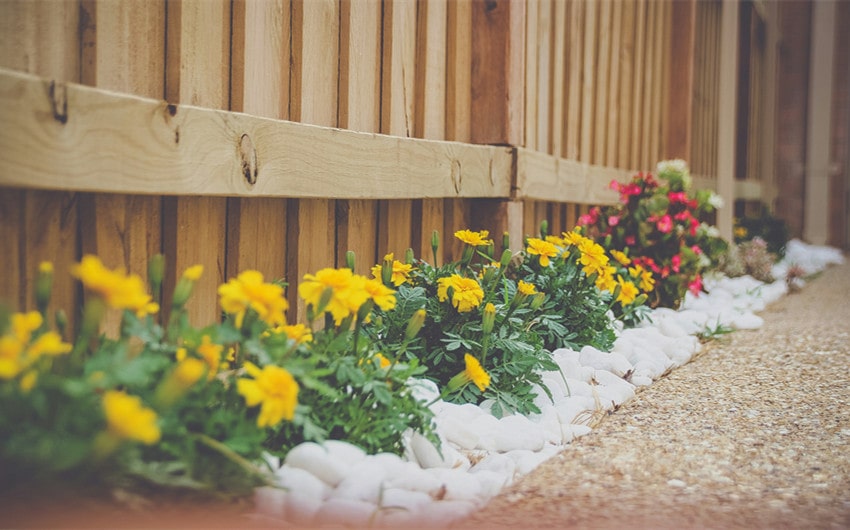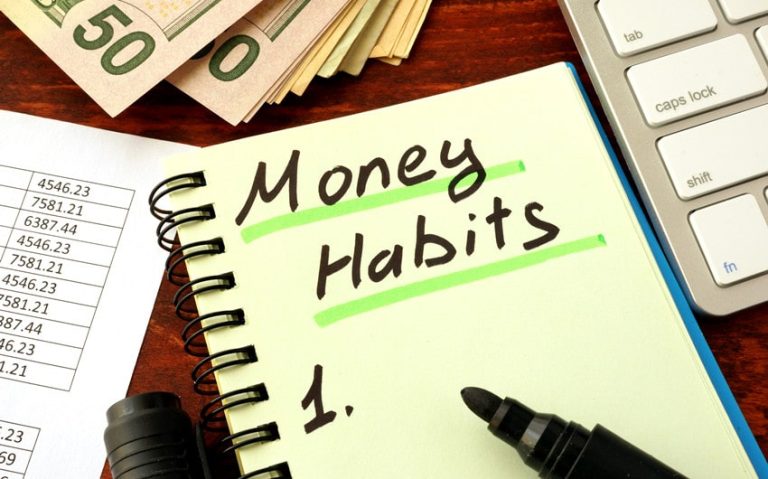Landscaping transforms outdoor spaces, enhancing property value and creating personal sanctuaries. However, professional services often strain budgets, leading many homeowners to explore DIY alternatives.
This shift towards self-directed landscaping projects isn’t just about saving money. It’s an opportunity to engage directly with your environment and learn valuable skills. Budget-conscious DIY landscaping requires careful planning, resourcefulness, and creativity.
This hands-on method not only democratizes landscape enhancement but also cultivates a profound bond with your living environment. By adopting budget-conscious DIY landscaping techniques, you can orchestrate an impressive outdoor environment while maintaining fiscal prudence.
This guide offers practical strategies for those ready to embark on this rewarding journey.
Planning Your Project
Embarking on a successful DIY landscaping venture requires a meticulous evaluation of your outdoor space. Kick off the process by performing a detailed assessment of your property’s terrain. Take note of any slopes or level changes, observe how water flows across the land, and examine the characteristics of your soil.
This foundational analysis sets the stage for informed decision-making throughout your landscaping journey. You can utilize a soil pH testing kit to determine acidity levels. This is crucial for plant selection and soil amendment strategies.
If you are a resident of Washington or Oregon, there is a high chance that your backyard soil is acidic. According to Earth Science, the eastern and southeastern regions and the Pacific Northwest boast an acidic (pH) soil profile. This phenomenon is intricately linked to rainfall patterns.
Next, prioritize landscaping elements based on functional needs and aesthetic preferences. Develop a scaled site plan incorporating existing features and proposed additions. This visual representation aids in spatial organization and resource allocation.
Create a detailed budget breakdown, allocating funds to hardscaping, plantings, and irrigation categories. Factor in a 10-15% contingency for unforeseen expenses. Research cost-effective alternatives for high-ticket items, considering long-term maintenance costs in your calculations.
Tools and Equipment
According to Garden Design, essential tools for DIY landscaping include hand pruners, a watering can, a sturdy spade, a rake, and a wheelbarrow. Invest in quality hand tools for longevity. For soil work, a tiller can be invaluable. When tackling larger areas, consider a powered lawn mower and string trimmer.
The buy-vs-rent decision hinges on project frequency and tool cost. Rent expensive, infrequently used equipment like aerators or stump grinders. Purchase tools you’ll use regularly.
For major transformations, like mini excavations and grading, opt for earthmoving equipment for rent. Renting these is a cost-effective solution. Mini-excavators streamline earthmoving, while skid steers handle material transport efficiently.
Moreover, rental companies frequently give variable rental terms and maintenance packages, as per SitePro Rentals. This further enhances cost-effectiveness and operational flexibility. With these rental companies, you can be sure that the tools provided are cutting-edge and according to industry standards.
However, always analyze rental costs against project duration to determine feasibility. Do factor in fuel and transportation expenses.
Also, prioritize safety when operating heavy machinery. Many rental companies offer basic training to their employees who might be present. Always wear appropriate personal protective equipment and follow manufacturer guidelines.
Designing on a Dime
Start your design journey with free resources like Pinterest or garden magazines for inspiration. Sketch your ideas on graph paper using a simple scale where one square equals one foot. This helps visualize your space in two dimensions.
However, for a real-life feel of your future landscape, utilize open-source software like QCAD for precise layouts or Blender for visual 3-D renderings.
Don’t overlook nature’s free design lessons. Take a stroll through local parks or botanical gardens, noting how plants are grouped, paths are laid out, etc. Pay attention to how different areas flow together and create focal points.
Remember the “rule of thirds” when placing key elements like trees or seating areas. Going by the Interaction Design Foundation tips, divide your space into a 3×3 grid and position important features along these lines. Repeat colors or shapes throughout your design for a cohesive look. Mix different textures—like smooth stones with feathery plants—to add interest without extra cost.
Hardscaping on a Shoestring
Hardscaping needn’t drain your wallet. For pathways, consider compacted gravel or decomposed granite. They offer durability at a fraction of the cost of pavers. Moreover, according to America DIY, decomposed granite has excellent absorption properties. Your patio will no longer be a pain during the eccentric monsoons.
Reclaimed bricks or broken concrete pieces (“urbanite”) can create unique borders or retaining walls. For DIY pavers, explore hypertufa—a lightweight concrete mixture you can mold into custom shapes. According to Spruce, this mixture can give the look and feel of stones without all the weight of actual rocks!
Create focal points using repurposed items like old wagon wheels, driftwood, or large rocks. For lighting, choose solar-powered LED stakes to provide energy-efficient illumination without complex wiring.
String lights draped through trees or along fences offer ambient lighting on a budget. Consider painting existing concrete surfaces with textured concrete paint for a cost-effective refresh. Remember to factor in proper drainage and soil compaction when installing hardscape elements to ensure longevity and prevent costly repairs down the line.
FAQs
Q1: How long does a typical DIY landscaping project take?
The duration varies based on the project scope and available time. Small projects might take a weekend, while larger transformations could span several months. Breaking the project into phases allows for manageable timelines. Proper planning and realistic goal-setting are crucial for timely completion.
Q2: Can I do it myself, even if I have no prior experience?
Absolutely! Start with simple projects and gradually build skills. Utilize online resources, attend local workshops, and don’t hesitate to ask for advice at garden centers. Many plants are beginner-friendly, and basic landscaping principles can be learned through practice and patience.
Q3: How do I maintain my DIY landscaping on a budget?
Regular maintenance prevents costly repairs. Implement water-saving techniques like mulching and drought-resistant plants. Make your compost for free fertilizer. Prune and divide plants yourself. Consider joining a community garden group to share tools and knowledge.
To conclude, DIY landscaping on a tight budget is more than a cost-saving measure; it’s an investment in personal growth and environmental stewardship. By embracing this hands-on approach, you beautify your space, gain valuable skills, foster community connections, and develop a deeper appreciation for nature.
This journey of transformation, while challenging, offers rewards that extend far beyond the physical landscape. It proves that creativity and determination can indeed triumph over financial constraints.







